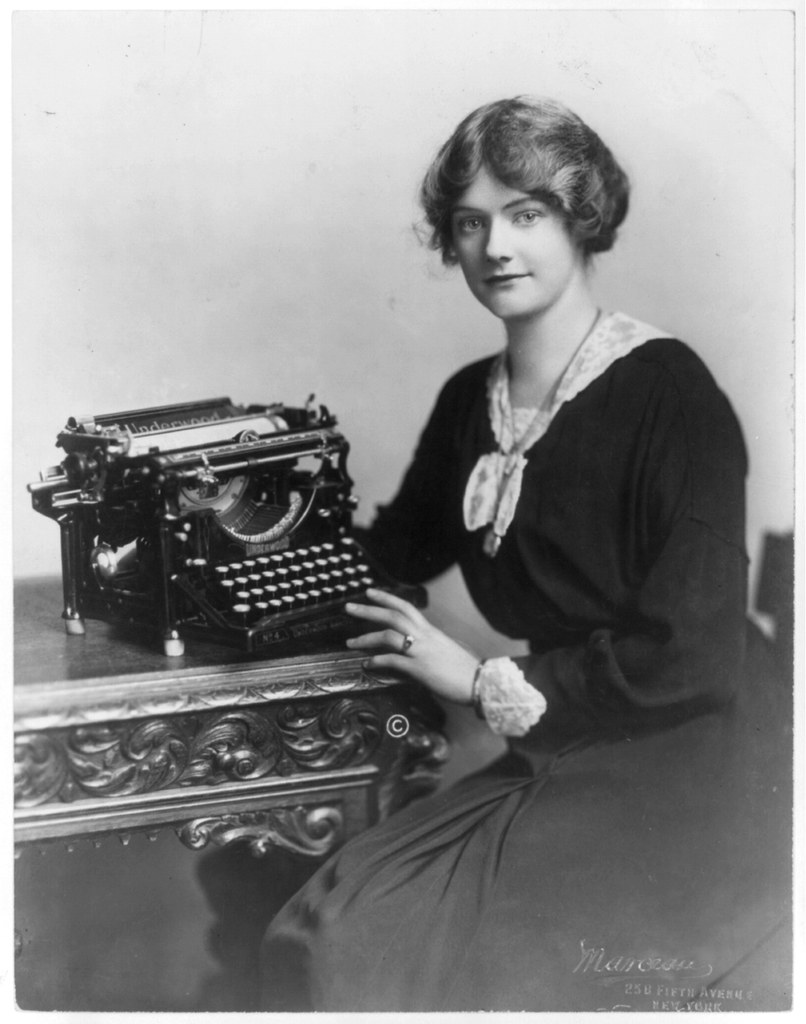Historically, female literacy rates have been disproportionately low, and many women were forced to use pseudonyms if they sought to publish their work. Nevertheless, English literature would not be as it is today without the vital contributions of women. Though I cannot possibly cover all of these, this article is a tribute to some of those early women whose pioneering influences permanently changed literature.
Some of the earliest books published by women in England were the works of Julian of Norwich, and The Book of Margery Kempe. Julian was an anchoress and mystic; she spent much of her life contained in a cell, where she wrote Revelations of Divine Love, the earliest surviving works by an English woman. Margery was a deeply pious lay woman from Norfolk, whose spiritual experiences became the focus of her book. As she was illiterate, she dictated it to a scribe. The Book of Margery Kempe is considered to be the first autobiography in the English language.
During the Renaissance, female poets began to emerge. Aemilia Lanyer was the first woman to pursue poetry as a profession. Her Salve Deus Rex Judaeorum (1611) was the first full-length collection of poetry published by an English woman. Mary Wroth is famous for her sonnet sequence Pamphilia to Amphilanthus (1621), one of the first of its kind to be completed by a woman.
During the Restoration period following the English Civil War, libertine culture allowed greater opportunity for female participation in literature. Playwright and poet Aphra Behn is perhaps the most notable example. Her work Oroonoko is sometimes recognised as a very early form of the novel.
By the nineteenth century, female writers were flourishing, with the Brontës and Jane Austen leading the scene, but many used pen names to ensure their work was taken seriously. Much of the great literature to emerge since then has been by women. Virginia Woolf pioneered the stream of consciousness narrative style. Toni Morrison’s magical realism is a triumph in 20th century fiction. A rise in gyno-criticism has led to a celebration of women’s writing about women.
It is easy to look at the thriving community of female writers today and forget that this was not always the case. Women fought tooth and nail to make their voices heard within literary spheres. This is certainly a whistle stop tour, and each woman mentioned deserves a dedicated article in her own right. I would encourage you to pick one and delve deeper into who she was, and the work she produced. As a woman in the 21st century, I am so grateful to all of the wonderful female writers who paved the way for women’s writing to become an invaluable aspect of literature. It is also important to remember that there are still women and girls all across the globe who do not have the opportunity to learn to read and write. There is still work to be done, but it is encouraging to see how far we have come.
“Woman with Typewriter by Marceau, ca. 1918 (LOC)” by pingnews.com is marked with Public Domain Mark 1.0.

